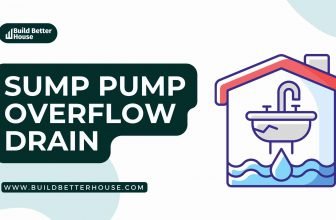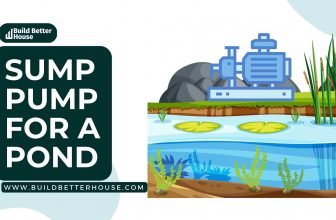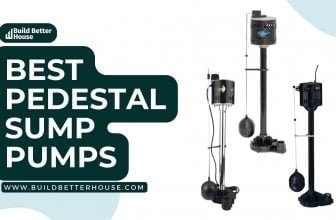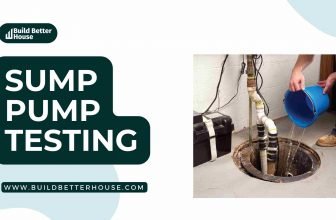7 Best Boat Sump Pumps That Deliver Fast Results
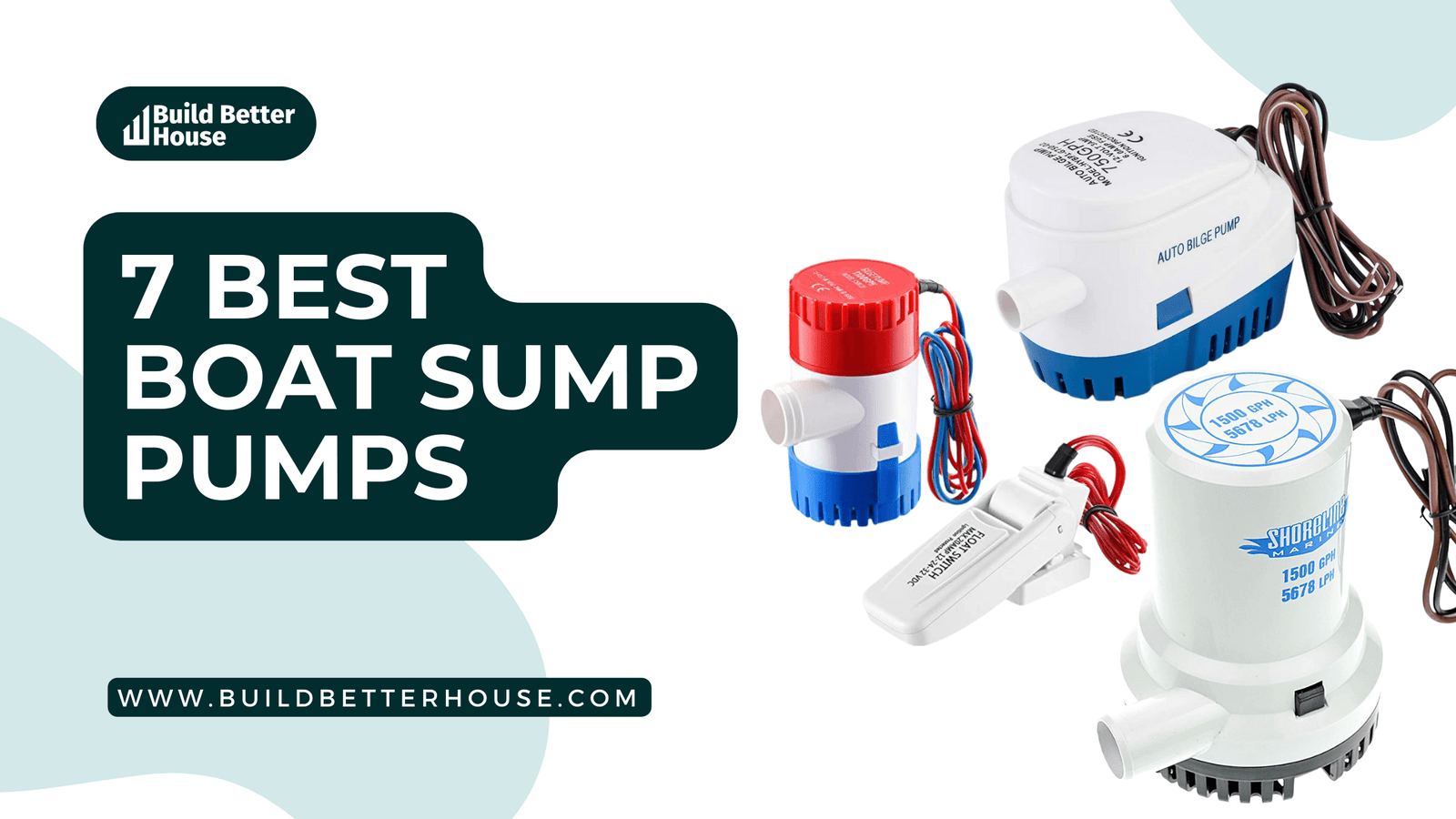
Running a huge cargo ship or a vacation boat without boat sump pumps is never a good idea when out at sea.
Boat sump pumps, sometimes called bilge pumps or marine pumps, are a great choice for storing and draining water from your boat. Boats with onboard toilets, showers, or other water systems should always incorporate boat sump pumps.
In this post, I will go over boat sump pumps in detail, including how to install one and the top 7 models on the market.
Comparison Of Best Boat Sump Pumps
MODEL | FEATURES | COST | RATING |
MAXZONE Boat Sump Pumps | 18.33 gallons per minute (maximum flow rate), Battery powered source, Built-in float switch | CHECK PRICE | 4.5 / 5 |
Shoreline’s Marine Boat Sump Pumps | Comes with a universal mounting base, Features a durable plastic housing, Ac/dc power source | CHECK PRICE | 4.5 / 5 |
Creatorele Boat Sump Pumps | Water-cooled motors for long life, No float switch required, Battery powered source | CHECK PRICE | 4.5 / 5 |
Dontmiss Automatic Boat Sump Pumps | Automatic mode connection, Battery powered source, Built-in float switch | CHECK PRICE | 4.5 / 5 |
Johnson Pump 28552 Cartridge | 8.33 Gallons Per Minute (Maximum flow rate), Cartridge Motor 500 GPH 12V, Ac/dc power source | CHECK PRICE | 4.8 / 5 |
MAXZONE Non-Automatic Bilge Pump | 18.33 Gallons Per Minute (Maximum flow rate), Battery powered source, 1100 GPH flow rate | CHECK PRICE | 4.6 / 5 |
SEAFLO Automatic Bilge Pump | Battery powered power source, Built-in magnetic float switch for longevity, 750 GPH flow rate | CHECK PRICE | 4.4 / 5 |
Why Do You Need Boat Sump Pumps?
Few boats have pumps large enough to prevent the boat from sinking in the case of an emergency, like a significant hull hole. In that case, the boat sump pumps might buy you some extra time so you can fix or stop the leak, get help, or get ready to leave the boat safely.
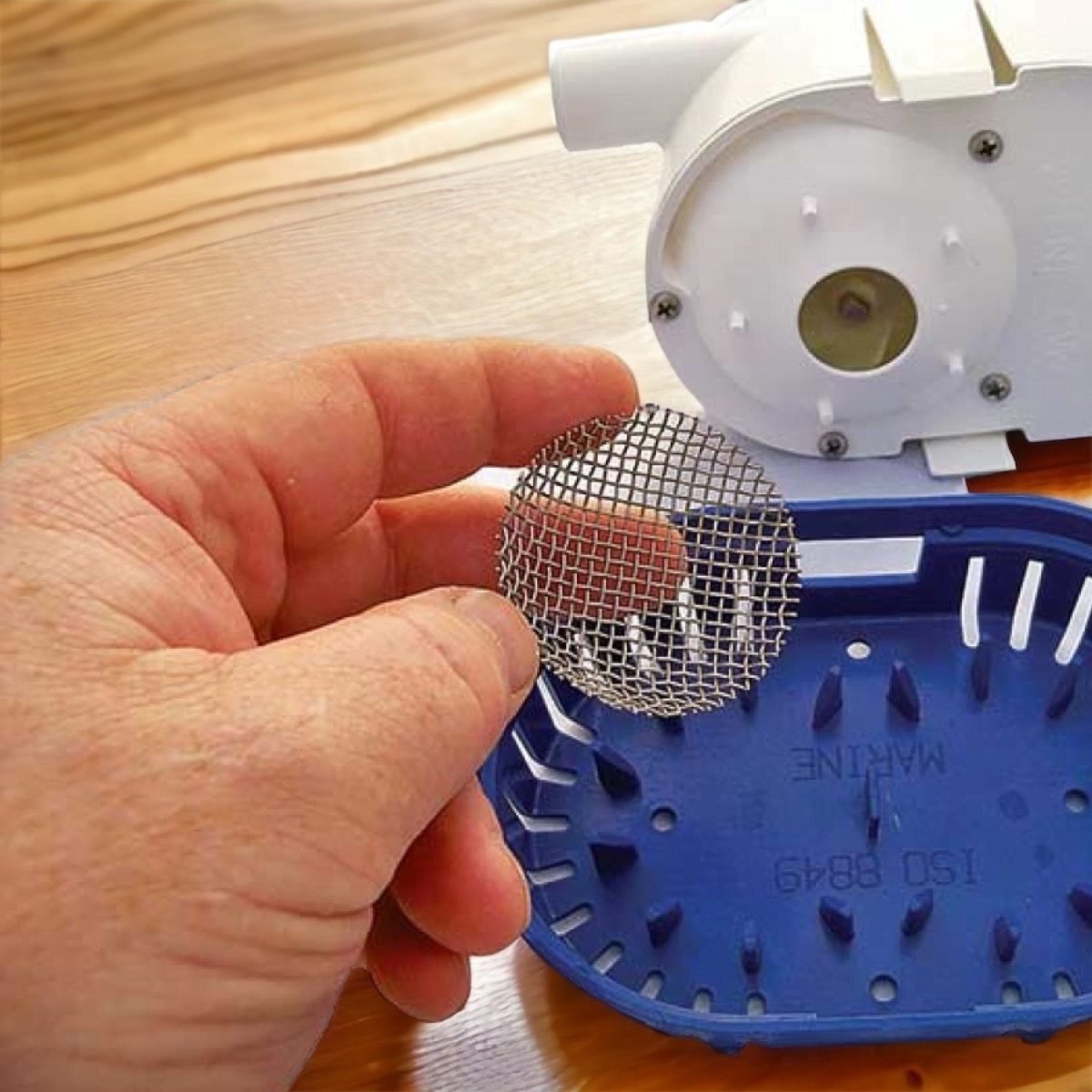
When hitting the lake, I advise that every large and medium-sized boat have a pump installed. You can get a detached model of the pump and use it for other purposes outside the jobs if you intend to use it occasionally.
Top 7 Boat Sump Pumps Available on Market
Let’s examine the most popular boat sump pumps to discover which is ideal for your boat. So read on to learn more about the top seven boat sump pumps.
MAXZONE Boat Sump Pumps
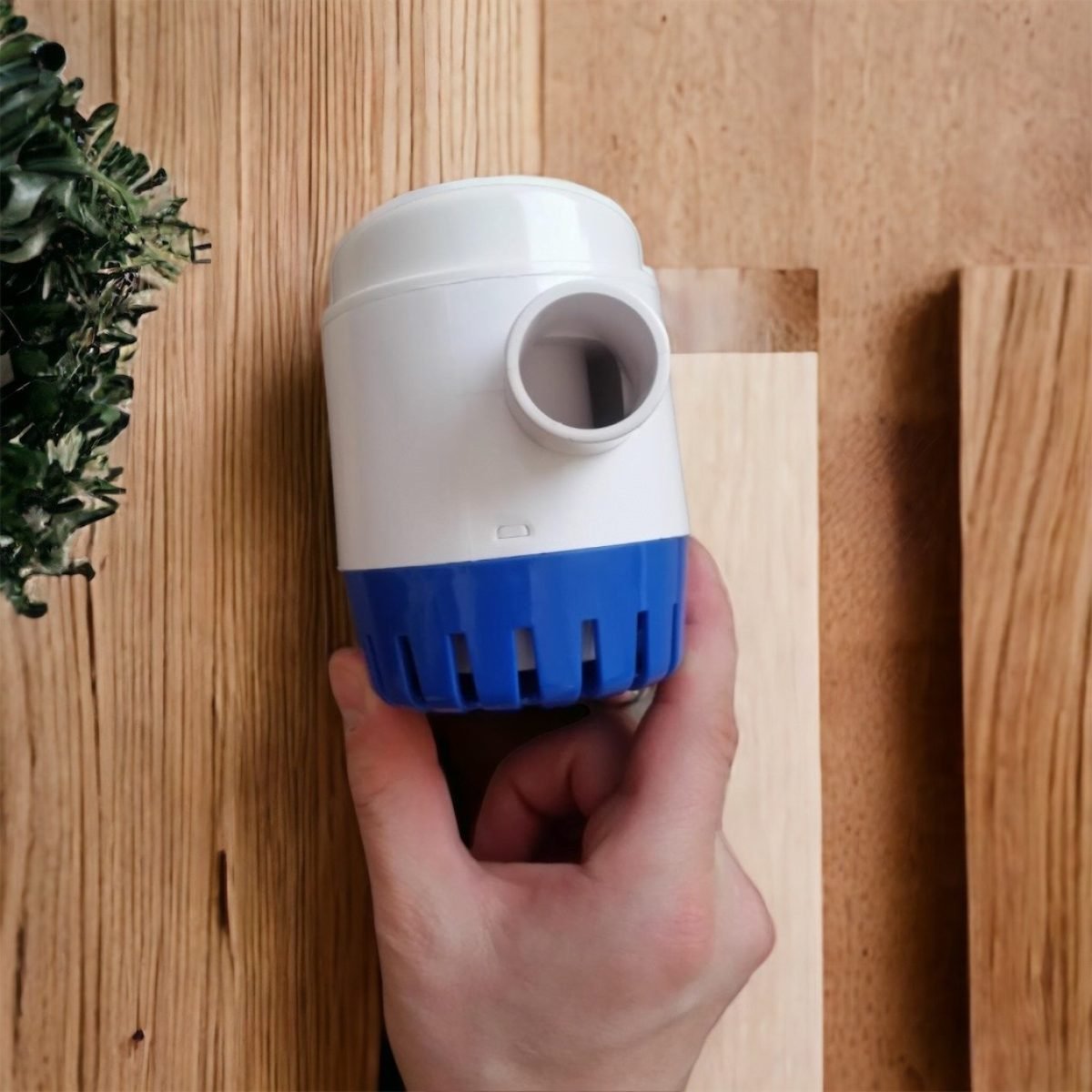
SPECIFICATIONS
- 18.33 gallons per minute (maximum flow rate)
- Battery powered source
- Built-in float switch
- Plastic material
The MAXZONE Water Pump is my top choice for boat sump pumps; it is an all-in-one, completely automatic device with a built-in float switch that can operate as a controlled reed sensor system with a maximum flow rate of 11000 GPH at 12V.
This means that the pump only requires energy during activation, and usage ceases after shutdown.
The gadget contains a prolonged-life motor with an anti-fouling impeller and an ABS-unique moisture seal. This pump also has a nylon hose barb that enables different connection possibilities. Due to the strainer base’s detachable design, MAXZONE is very simple to maintain and clean.
Also, small and large boats can benefit significantly from this boat sump pump’s performance!
Reviews from customers

MatlockFam said, “Impress output for a small DC pump! Wow. Hope it lasts, seems to be of decent build quality. Using it for battery backup aeration and flow for aquaponics systems.”
Donald Leatherman said, “Great product for the money. Would have liked a little more instruction about connecting without a switch. Finally figured it out, and so far, it is working great. Seems to be very powerful.”
Shoreline’s Marine Boat Sump Pumps
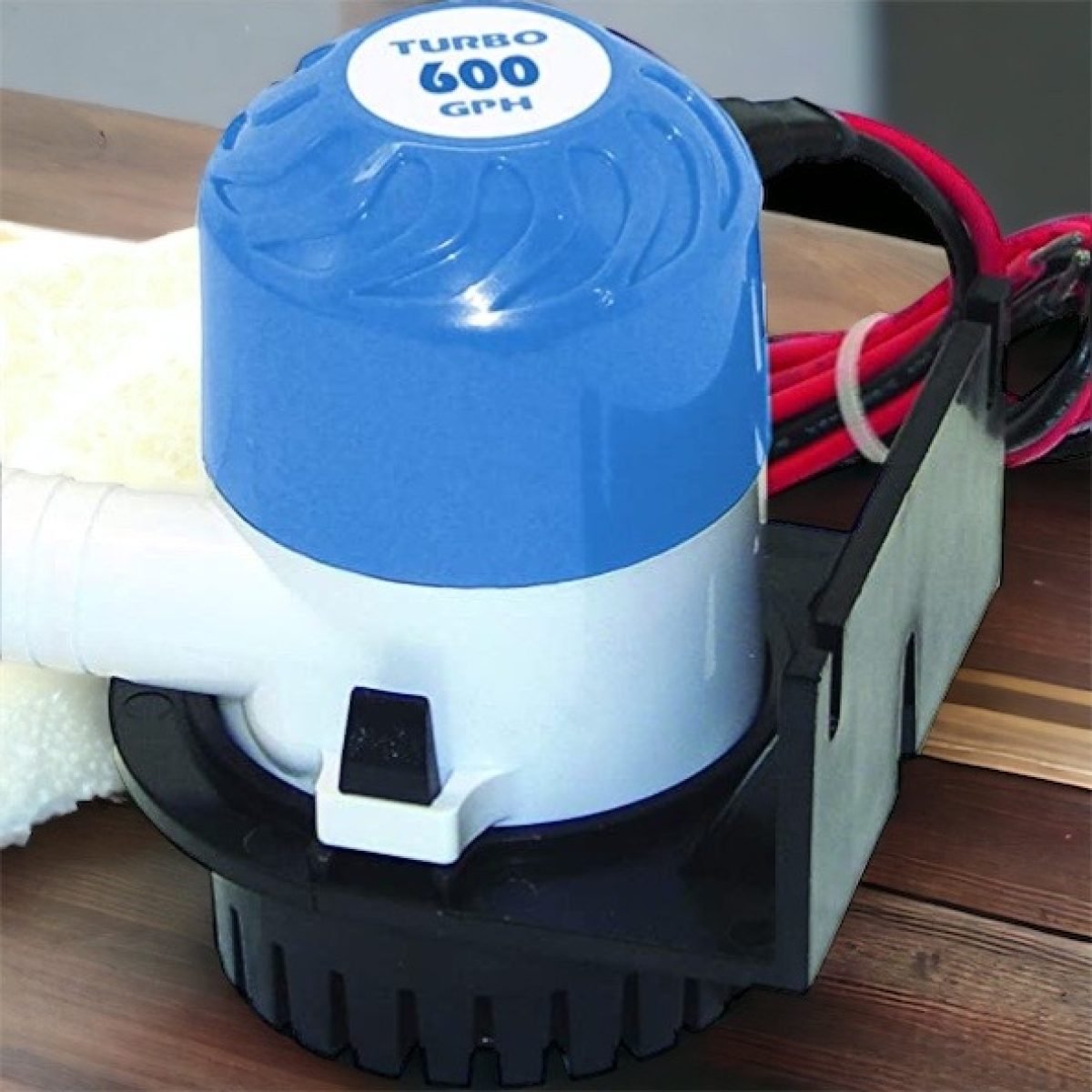
- Fully submersible 600 gallons per hour bilge pump
- Comes with a universal mounting base
- Features a durable plastic housing
- Ac/dc power source
- Blend material
- 600 GPH Output
Shoreline’s Marine Boat Sump Pumps are unquestionably among the best available. It is small, compact, and exceptional if you want something simple. It can be submerged and has a pumping capacity of 600 GPH.
All its hardware is made of stainless steel and has a marine-grade lead wire with a shallow current of 3A.
The pump is inexpensive; however, if you want it to be automatic, you’ll need to add a few other components to the cost, including a float and switch. Despite not being as quick as other pumps, it is user-friendly as it includes a mounting bracket and a manual.
Reviews from customers
F. B. Brand said, “Installed this about 1 inch below the transom for pickup during cruising, used it yesterday, and fish stayed healthy.. a great option for a fisherman. The wires seem long and of decent quality too. Low amp draw means I don’t have to worry about it running my battery down..”
Bill said, “Great pump for my aluminum Lund boat, and it pumps out water fast!”
Creatorele Boat Sump Pumps

- 18.33 gallons per minute (maximum flow rate)
- Water-cooled motors for long life
- No float switch required
- Battery powered source
- Plastic material
These Creatorele manual boat sump pumps are very simple and submersible. It has a rated voltage of 12V and a capacity of 1100 GPH, making it perfect for small and fishing boats.
The ABS plastic pumps and stainless steel shafts of these boat pumps are resistant to various impacts, which is one of the reasons for their impressive efficiency.
Creatorele provides cleaning instructions to simplify the work, leading to optimal productivity and prolonged use.
Reviews from customers

Joe Strathmere said, “This small but powerful pump can handle all the water from a tropical storm that seems to happen very often in South Florida. The automatic float switch is a great feature and can be switched from constantly running if you want to clean out any water from just cleaning the inside of the boat or for emergencies when you’re not around and a pouring rain fills the hull of the boat which would make your boat sink.”
D Smith said, “It is a perfect pump for a small area. Not a level switch, it’s made inside the pump. Has a large 1″ outlet to get the water out fast .”
Dontmiss Automatic Boat Sump Pumps

SPECIFICATIONS
- 12.5 gallons per minute (maximum flow rate)
- Acrylonitrile Butadiene Styrene material
- Automatic mode connection
- Battery powered source
- Built-in float switch
These Dontmiss boat sump pumps are now making waves on the market. The installation is quite powerful and supports automated and non-automatic connections. It has several colored wires for your preferred operation mode.
Dontmiss ensures zero energy consumption owing to the integrated electronic sensor system’s role in fostering a more thorough automatic function.
Its incorporated float switch eliminates the need for a separate one, offering a capacity of 750 GPH and a flow rate of 12.5 gallons per minute at 12V. Its functionality is further enhanced by the fact that it is silent and vibration-free, and adding a quick-release filter simplifies maintenance.
Although Dontmiss is a lesser-known brand, you can be confident that it will last for many years.
Reviews from customers
Pamela Postiglione said, “Super easy to install and works perfectly. Exactly what we needed for our boat over the summer when it was at the dock, and we were not there to bail. Love it!”
William said, “I added this pump to my bass boat because it has the auto function, works great, and is easy to install.”
Johnson Pump 28552 Cartridge
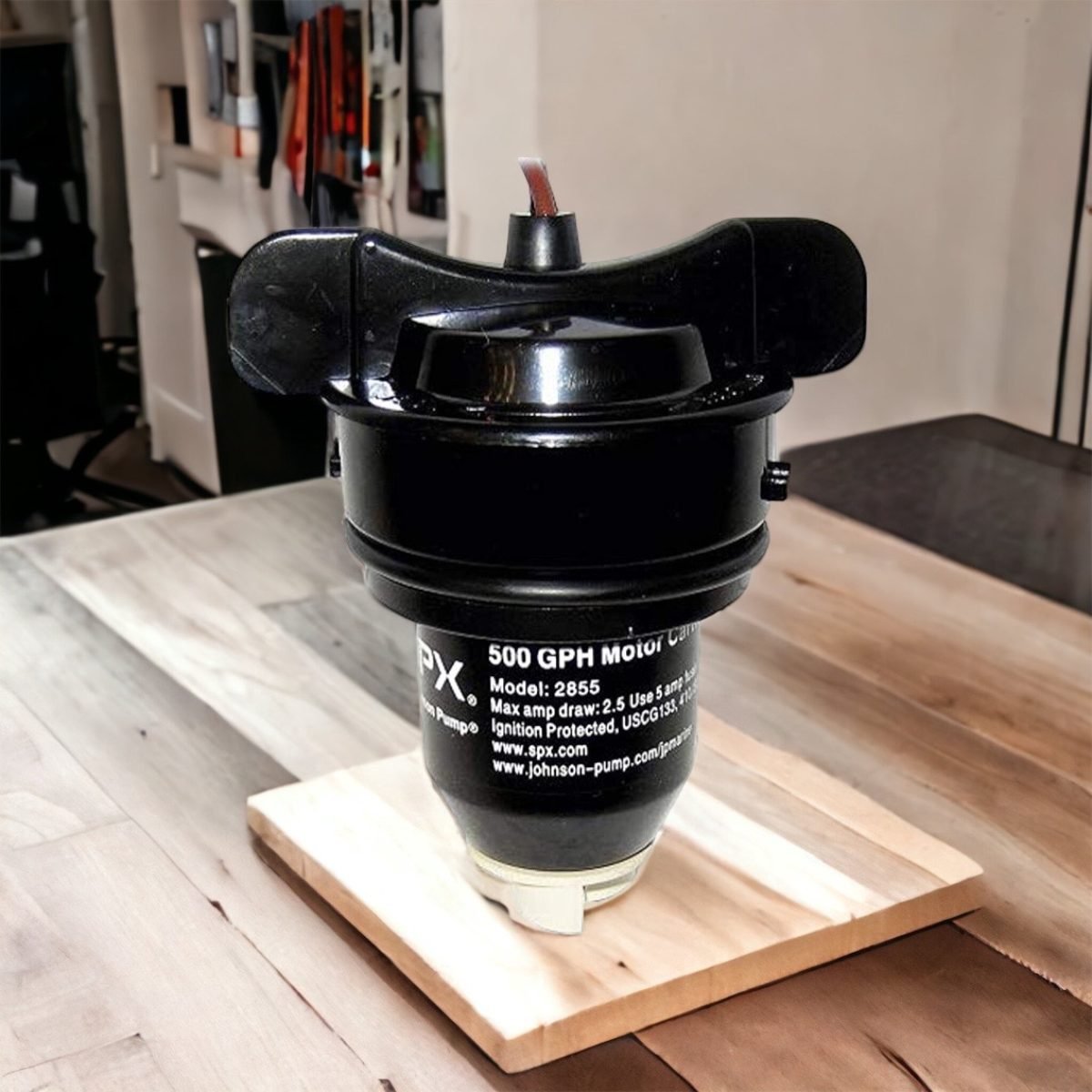
- 8.33 Gallons Per Minute (Maximum flow rate)
- Cartridge Motor 500 GPH 12V
- Ac/dc power source
- No tools required
Johnson Pump is an excellent choice to replace your electric bilge pump cartridge. It is easy to use and requires no technical expertise for installation. You just need to remove the old pump and impeller and install this unit in its place.
The Johnson bilge pump cartridge is convenient to replace because it has color-coded wires that make it easy to connect them without any confusion. You can snap the wires effortlessly onto the existing pump frame.
Purchasing a new pump is sometimes necessary, as only changing the cartridge can solve the problem. In this case, this product is a better and more cost-effective option, especially for budget-conscious people. Despite its affordability, the product still delivers quality performance without any compromise.
One of the remarkable features of this pump is its ignition-protected body, which ensures that water cannot penetrate the internal components and create electrical issues. This safety feature also prevents the pump from igniting on near ignition sources.
Reviews from customers

Henry R said, “This is an exact replacement. It has a straightforward installation and can be done in about 5 minutes. Twist off the old and cut the old wires, twist in the new, reconnect the 2 wires, and then you’re back in business. The Johnson pump is a great and simple system.”
Captom said, “Seems well made with the heavy metal outer casing. Installing was easy even with the limited room I had to maneuver in.”
MAXZONE Non-Automatic Bilge Pump
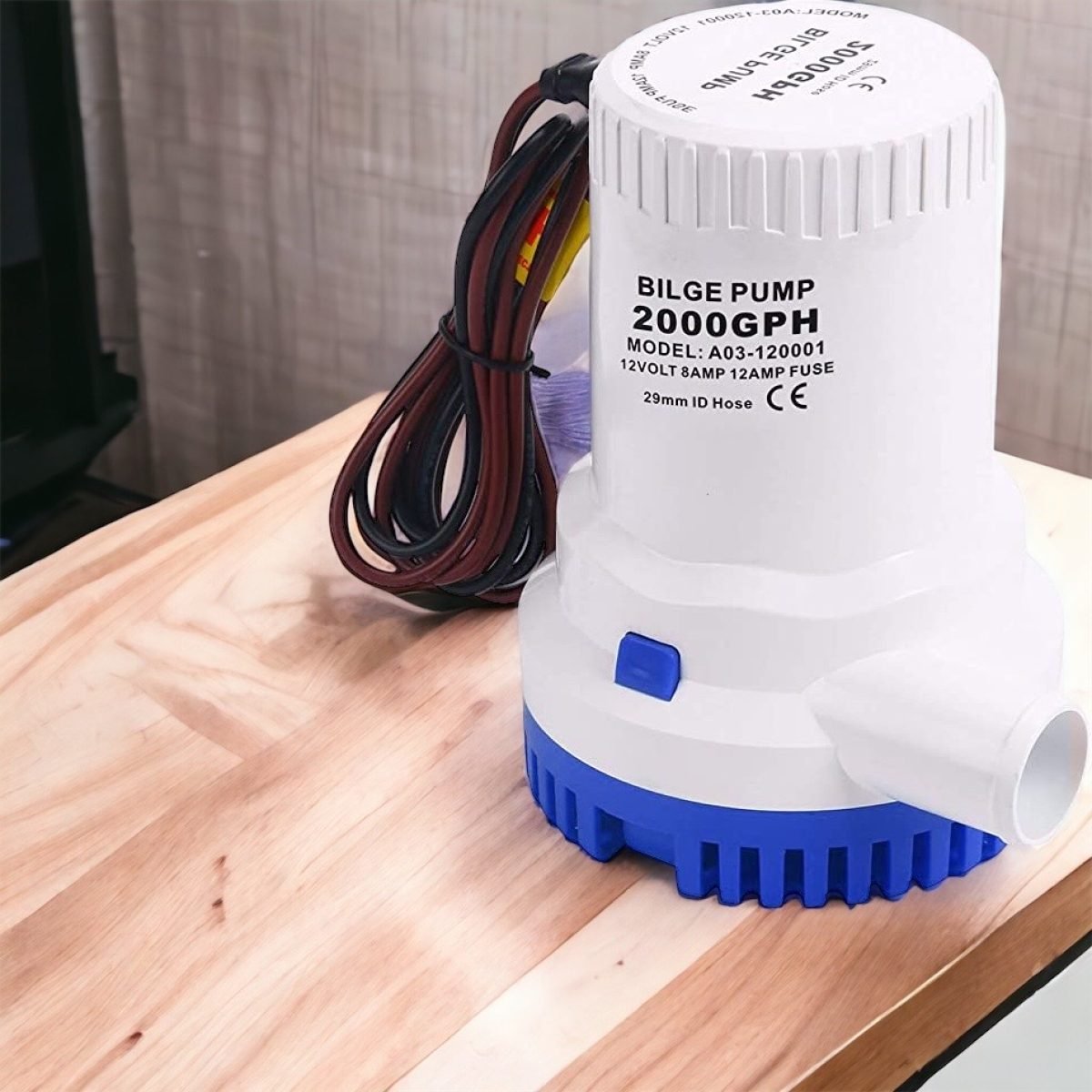
- Ideal for fishing boats, cruisers, runabouts, yachts, etc
- Suitable for hydraulic systems fed with cold water
- 18.33 Gallons Per Minute (Maximum flow rate)
- Battery powered source
- 1100 GPH flow rate
If you’re looking for an affordable bilge water pump for your boat, MAXZONE offers a good option. Despite being one of the cheapest on the list, it still performs well and maintains its functionality.
The device has a remarkable water flow capacity of 1,100 gallons or approximately 5,000 liters per hour. Additionally, it can project water up to a distance of 13 feet, effectively preventing water from returning to the boat and accumulating in the hull.
The saltwater in marine environments can be challenging, but the 12V bilge pump can endure even the harshest conditions. Additionally, its water-cooled engine ensures the motor stays cool while in operation, which helps prolong the pump’s lifespan.
Although the pump is strong, it doesn’t require much electricity due to its low amp draw. Unlike many electric bilge pumps, this one will keep your battery manageable.
The submersible pump withstands tough conditions. It is not easily damaged when in contact with water due to its stainless steel body and sealed components that protect against water damage.
Reviews from customers

Pam H said, “We purchased 2 of these for a recently acquired boat. I saw them selling at a marina for around $20 more. Installing them was pretty simple. It pays to read the literature that comes in the box. The seller offered an extended free warranty, which we signed up for. Overall it was a good shopping experience.”
Mark said, “Great pump! I built a live well for my kayak. The 350 gpm pump ran for 8 hours on a 12v7ah battery.”
SEAFLO Automatic Bilge Pump

SPECIFICATIONS
- Submersible, Bilge style
- Battery-powered source
- Built-in magnetic float switch for longevity
- 750 GPH flow rate
The SEAFLO water pump is fully automatic. The device activates as soon as the water reaches a particular level. Once the water in the bilge area is completely drained, the device turns off. The automated feature provides ease of use and conserves battery power. Moreover, its energy-efficient design is due to its low current draw.
The pump’s durable design will allow it to last many years. Its tight seals protect against water & moisture, extending the motor’s lifespan and other parts. The pump’s lack of vibration also prevents potential damage from excessive movement.
Maintaining the bilge pump is relatively easy, thanks to the snap-lock base, which makes removing the filter effortless. This feature lets users quickly remove debris collected at the pump’s bottom, preventing blockages.
Knowing the manufacturer’s four-year warranty can give you a sense of security and tranquility.
Reviews from customers

Bryan M. said, “Excellent. No worries when it rains, no matter how hard. Flawless operation. Good battery and pump auto on and off is perfect. 2 years now and works great.”
John said, “It was easy to put in. I needed to replace my pump and couldn’t find the same one as the old one. I tested it, and it did its job. Received it on time and in good shape.”
Factors To Consider Before Choosing Boat Sump Pumps
The following are a few of the crucial factors to take into account when looking for a new pump:
1. Runtime
If your boat has to pump out a lot of bilge water, you’ll need a model that can operate for longer than a few minutes at a time. Several small pumps cannot address larger boats’ demands due to their poorly developed motors and limited flow rates.
Although these smaller pumps seem like a good idea, they lack the strength to keep things dry.
2. Flow Rate
Make sure the pump you purchase has a good flow rate. The pump’s performance will reduce if water enters your bilge more quickly than you can remove it using a pump.
Since you don’t want to burn out the motor, I recommend getting a model with more power than you will require but not too much. You should be able to estimate how much water you can drain at a given head height using the flow rate and pump horsepower.
3. Size
The quantity of water the boat sump pumps discharge determines its size in gallons. Since you will utilize these pumps in challenging circumstances, selecting a bigger pump with a higher flow rate is preferable, as it will be useful in an emergency.
There is no standard size for a boat pump, although one with a 1000-gallon per-hour or higher output rate should be adequate for both small and big boats.
4. Maintenance
The bilge is the smallest area on a boat, making it difficult to place a boat pump or equipment there. The pump must therefore fit into the bilge safely in addition to everything else.
Even while the expulsion volume ought to be the primary consideration when selecting the size of a boat pump, it can only be useful if it is challenging to set up and utilize to its maximum capacity.
Moreover, the pump’s filters must be simple to clean. In light of this, professionals recommend purchasing pumps with replaceable filters.
5. Pricing
Many boat owners will always base their decision on the budget. It’s vital to remember that when it comes to water pumps, you get what you paid for.
More expensive models will last longer, have higher pump horsepower, and use more energy than less expensive options. On the other hand, if you have a small boat or need to pump water periodically, you can reduce your costs by using a less expensive pump.
How To Install Boat Sump Pumps On Your Boat
Here are the tools to install boat sump pumps:
Tools Required:
- A boat pump
- Discharge hose
- Thru-hull skin fitting
- Hose clamps
- Electrical wiring
- Cable ties
- Wire connectors
- Sealer
- Heat gun/ glue
- Screwdrivers
- Drill and drill bits
- Hole saw
Here are the steps to install boat sump pumps on your boat:
1. Determine The Location
Choose the location of the pump; if just one is installed, it should be put where the water is deepest when the boat is at anchor. The installation must provide complete hose drainage.
The hose must be at the running level or continually upward to remove any pools of water. Remove the filter from the bottom of the pump before positioning it; press the lock tabs on either side of the pump.
2. Mount The Strainer
Place the strainer in a position that allows the pump’s nozzle to connect to the discharge hose properly.
Use the stainless steel screws provided, and secure the strainer if it is attached to wood. If the strainer is attached to metal or fiberglass, place a wooden block first, then connect the strainer to the mounted wooden block.
3. Place The Pump
Install the pump on the strainer so that both 11/2″ lock tabs snap into position.
Connect an 11/8″ I.D. hose to the discharge nozzle, and secure it with a stainless steel clamp. A flexible hose is advised as it won’t kink when bending sharply.
4. Through Hull-Fittings
This component enables water to evacuate outside. It should be close enough to the waterline or the boat sump pumps. Motor boats must be counted at least 30 cm above the water, while sailboats must be counted so high as never to touch the water.
Once the position is determined, drill a hole with a diameter corresponding to the outside diameter of the through hull.
You can use a hole saw and a drill to drill the hole from the outside to the inside of your boat without harming the gel coat. Remember to use marine sealant to seal the opening before fastening the through-hull.
5. Wiring
Connect a cable to the battery’s negative terminal by running it from the ground wire. Run cables to the 3-wire switch at your electrical panel from the “On” and “Auto” positions.
Finally, attach the switch to the battery’s positive (+) line.
Use a heat gun and glue connectors to prevent short circuits caused by the humid atmosphere. Use cable ties to hold the cables along an existing wiring harness for increased security.
All wire ends and terminals must be sealed and placed above the highest water level to avoid electrolysis and damaged wire connections.
6. Electrical Installation
The brown wire needs to connect to the positive lead of the power supply by the required wiring polarity. The pump can also be wired to a panel switch.
The pump will start pumping as soon as it is submerged and switched on. The pump will automatically stop once it has pumped the vessel dry and start up again whenever there is water in the tank.
Where Are The Boat Sump Pumps Installed?
There should be at least one boat sump pump installed in the lowest part of the bilge. Discharge outlets need to be at least eight inches above the waterline in every enclosed compartment that can hold water.
Boat sump pumps should be easily accessible so that you can inspect the pump and its float and clear the area around the pump intake of debris. Consider repositioning the pump if it is situated in an awkward or challenging-to-reach location, such as underneath the engine on a sterndrive boat.
How and When Should You Turn On Boat Sump Pumps?
When water builds up in the bilge, the pump may have a float or switch to turn on automatically. This is especially crucial if the boat is housed in the water, as you’ll need the boat sump pumps to work after a significant downpour.
A manual switch may also be present on the pump’s control panel. There are usually “auto” and “manual” settings available on the boat sump pumps.
Check the area around the boat sump pumps periodically for debris that can clog the pickup or harm the pump. Surprisingly, new boats require this more often than older ones since all types of construction waste, including sawdust, fiberglass dust, fragments of foam, epoxy, and even screws, can find their way back into the bilge.
Wrapping Up: Boat Sump Pumps
A boat with no sump pumps puts itself at greater risk of sinking in an emergency. When you return, a boat with a pump is more likely to have a quiet, dry cabin and boat. However, it might seem like an extra step, but installing boat sump pumps is essential in extending your boat’s life and keeping it dry and usable.
The best boat sump pumps can suction out a significant amount of water and remove it from your boat’s interior. As a result, the boat will stay dry while in storage and on the water.
FAQs On Boat Sump Pumps:
1. What are the uses of boat sump pumps?
Water accumulating in the bilge on your boat can drain using the boat sump pump.
2. Which boat sump pumps should I use—manual or electric?
High-capacity centrifugal pumps are the cheapest and simplest pumps to install. Still, they become inoperable if your boat’s electrical system malfunctions, which is likely to happen if it absorbs a lot of water. I recommend that you have at least one high-capacity manual diaphragm pump in addition to an electric pump.
3. What is the sump pump used for on a boat?
The function of the sump pump on a boat is to remove water that collects in the boat.



